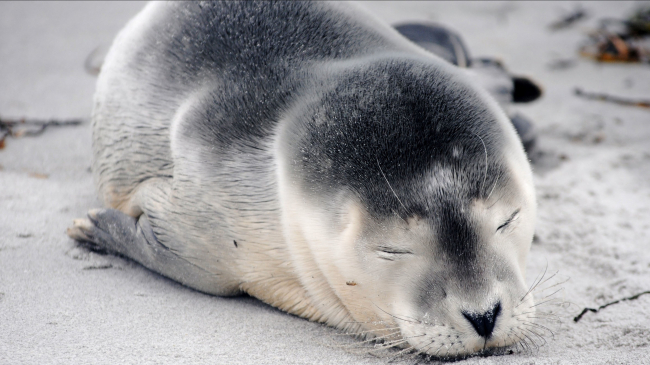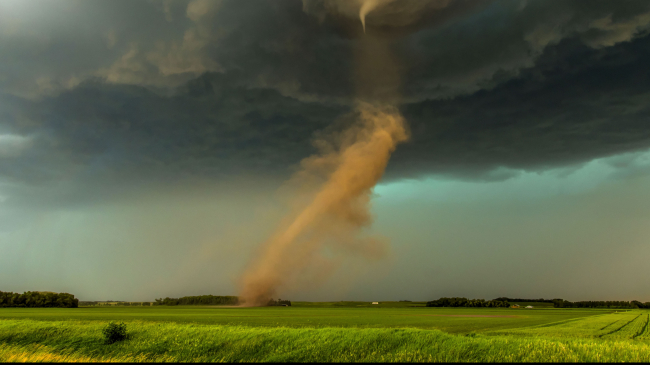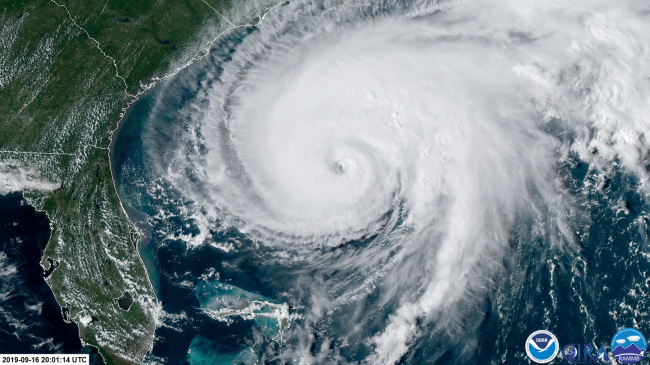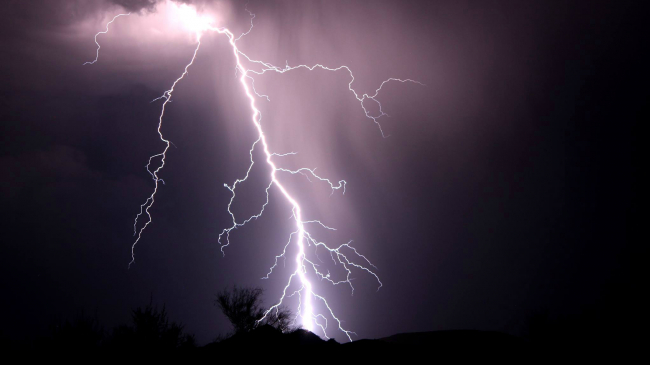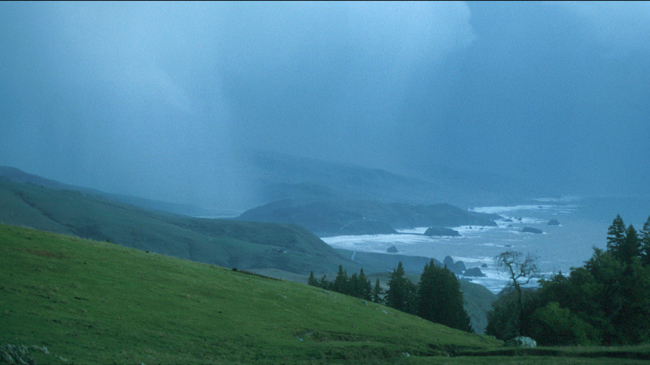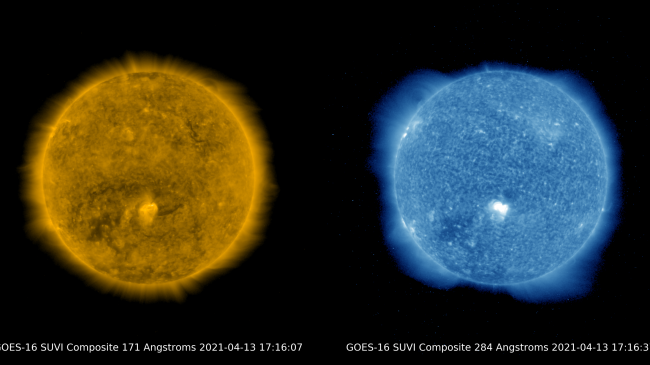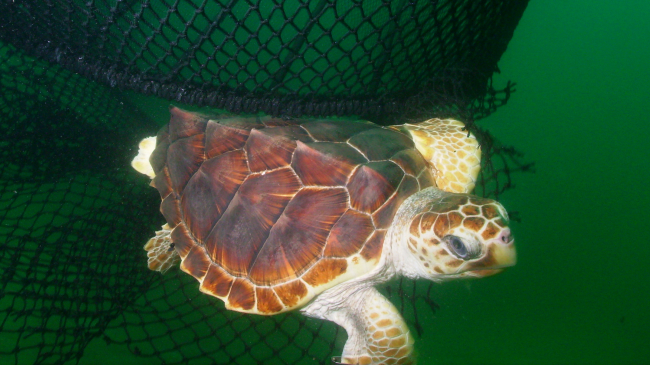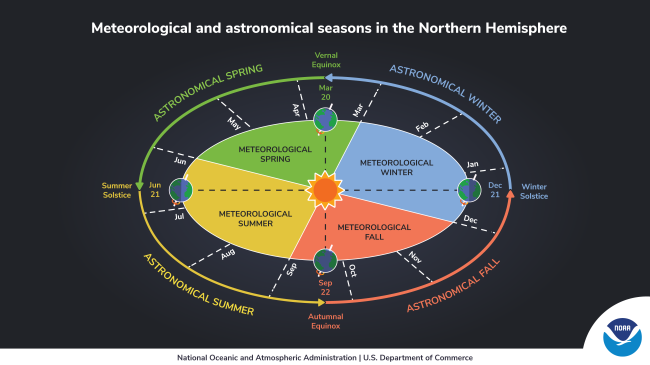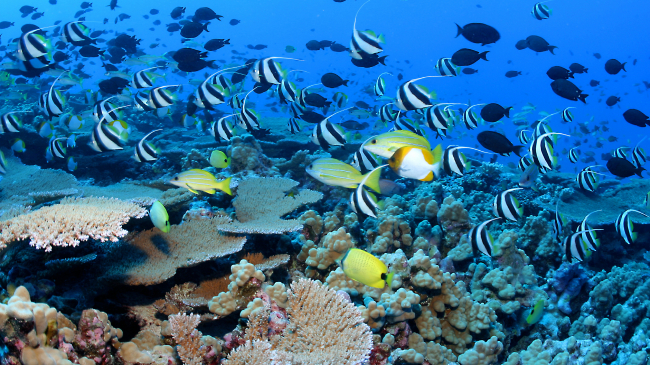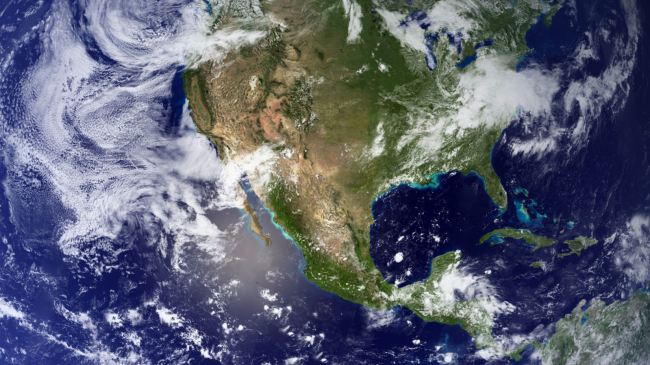Marine mammals are found in marine ecosystems around the globe. They are a diverse group of mammals with unique physical adaptations that allow them to thrive in the marine environment with extreme temperatures, depths, pressure, and darkness. Marine mammals are classified into four different taxonomic groups: cetaceans (whales, dolphins, and porpoises), pinnipeds (seals, sea lions, and walruses), sirenians (manatees and dugongs), and marine fissipeds (polar bears and sea otters).
Topic: Education
A tornado warning has been issued and you are in the path of one of the 1,200+ tornadoes that hit the United States each year. How quickly can you get to a safe place out of the severe weather? Do you have a plan? Where would you go? Will you, your family, your students be safe?
Hurricanes are one of nature’s most powerful storms. They produce strong winds, storm surge flooding, and heavy rainfall that can lead to inland flooding, tornadoes, and rip currents.
Observing the daily weather is part of a regular routine for many of us, helping us decide what to wear and which activities we will do each day. Similar observations of atmospheric conditions are also required by meteorologists to develop those weather forecasts with which we are all familiar.
Imagine our weather if Earth were completely motionless, had a flat dry landscape and an untilted axis. This of course is not the case; if it were, the weather would be very different. The local weather that impacts our daily lives results from large global patterns in the atmosphere caused by the interactions of solar radiation, Earth's large ocean, diverse landscapes, and motion in space.
Did you know that there are storms always occurring in space? Not rain or snow, but winds and magnetic waves that move through space! This is known as space weather. Sometimes the impact of these storms can reach Earth or Earth's upper atmosphere affecting various technological systems including satellite-based positioning and navigation, high frequency radio communications, and the electric power grid. Rather than the more commonly known weather within our atmosphere (like rain, snow, heat, and wind), space weather can come in the form of radio blackouts, solar radiation storms, and geomagnetic storms caused by disturbances from the Sun.
Sea turtles breathe air, like all reptiles, and have streamlined bodies with large flippers. They are well adapted to life in the ocean and inhabit tropical and subtropical ocean waters around the world. Of the seven species of sea turtles, six are found in U.S. waters; these include the green, hawksbill, Kemp's ridley, leatherback, loggerhead, and olive ridley.
In many parts of the United States, you might change your wardrobe with the seasons, grabbing a heavy coat in winter, while wearing only a light t-shirt in summer. Although ecosystems, plants, and animals cannot adjust their attire quite so easily, they have evolved to make changes that help them survive seasonal conditions caused by the rotation of the Earth around the sun.
Coral reefs are some of the most diverse ecosystems in the world. Coral polyps, the animals primarily responsible for building reefs, can take many forms: large reef building colonies, graceful flowing fans, and even small, solitary organisms. Thousands of species of corals have been discovered; some live in warm, shallow, tropical seas and others in the cold, dark depths of the ocean.
Some say that climate is what you expect and weather is what you get. More formally, climate is the long-term average of temperature, precipitation, and other weather variables at a given location. Every 30 years, climate scientists calculate new averages. The normal high and low temperatures reported on your local weather forecast come from these 30-year averages. Although climate describes conditions in the atmosphere (hot/cold, wet/dry), these conditions are influenced by the ocean, land, sun, and atmospheric chemistry. NOAA monitors these factors to understand and predict changes to local or global climate.


